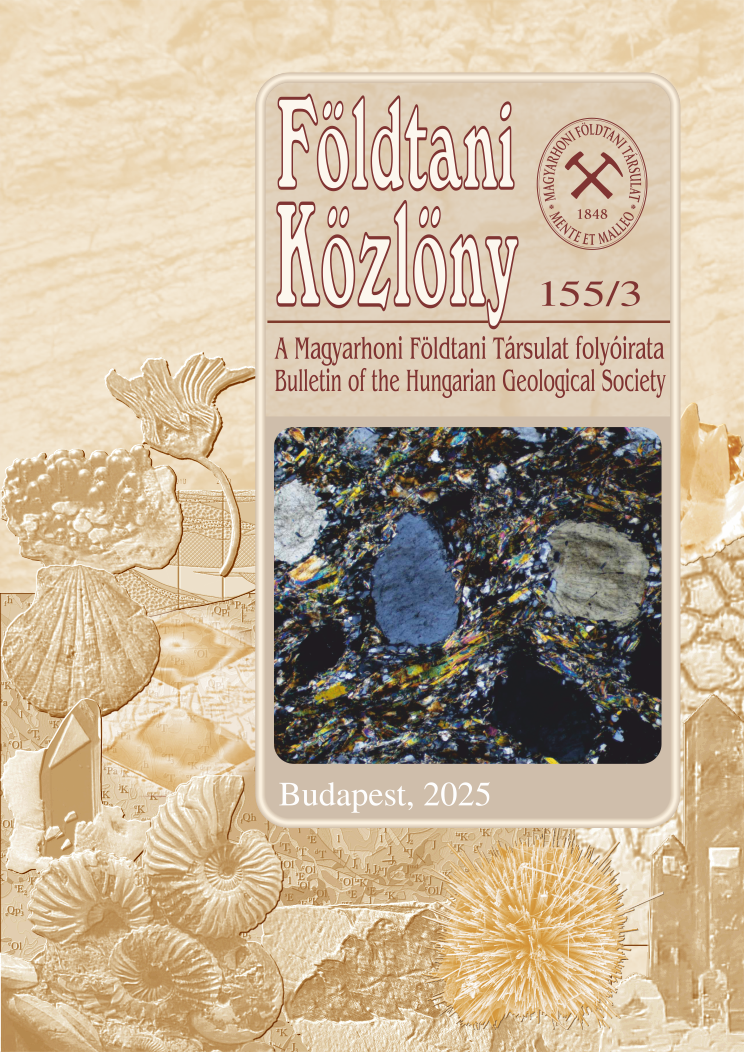Comparison of the kinetic constants determined by hydrous and anhydrous pyrolysis
Abstract
The author gives an overview on the kinetics of thermal alteration of kerogen and the pyrolysis methods used to determined the kinetic constants; i.e., activation energy and frequency factor. The two types of laboratory pyrolysis used to derive kinetic constants for hydrocarbon formation are hydrous isothermal pyrolysis and anhydrous nonisothermal Rock-Eval pyrolysis. In case of sulfur-rich, IIS type kerogen, the results of these two pyrolysis methods carried out on the same source-rock samples are different. The anhydrous pyrolysis method underestimates the thermal alteration compared to the hydrous pyrolysis. The thermal alteration of the Kössen Formation, which contains IIS type kerogen, was modelled using kinetic constants of both hydrous and anhydrous pyrolysis methods determined on the Monterey Formation. According to modeling results, the entire hydrocarbon formation process took place in the vitrinite reflectance interval of 0.36 to 0.42 % corresponding to IIS type kerogen based on kinetic constants from hydrous pyrolysis. However, using the kinetic constants from the anhydrous pyrolysis, the entire hydrocarbon formation process occurred in the vitrinite reflectance interval of 0.69 to 1.18%. Therefore, it can be established that the kinetic constants obtained by hydrous pyrolysis provide results that are consistent with the expected IIS type kerogen. The author suggests that the inconsistence in the results of the two types of pyrolsis methods are due to the presence of water as the polar molecules in water decrease the activation energy, which is necessary to split the carbon-sulfur bonds in kerogen. Understanding the kinetic constants governing kerogen decomposition in source rocks is crucial for accurate basin modeling.
















